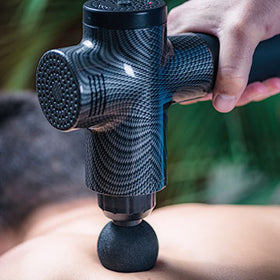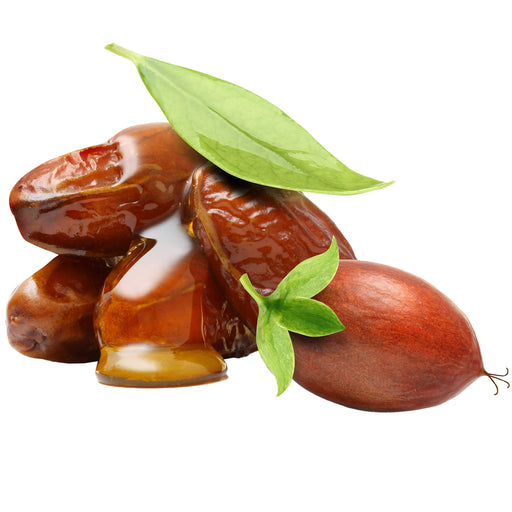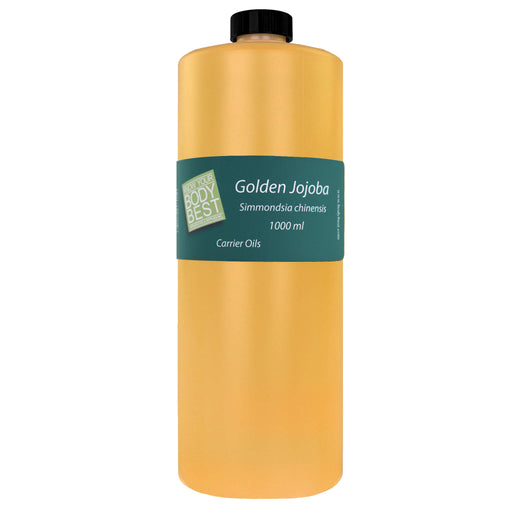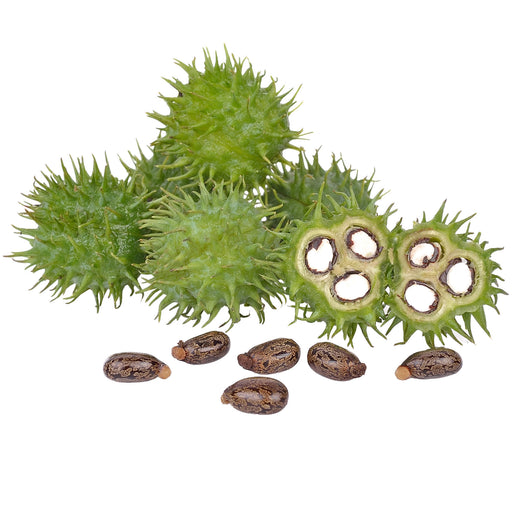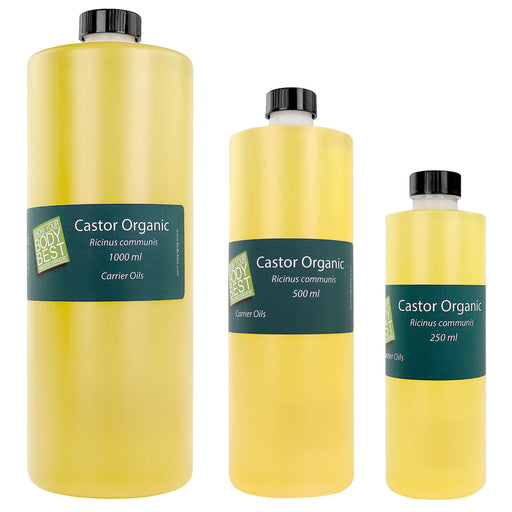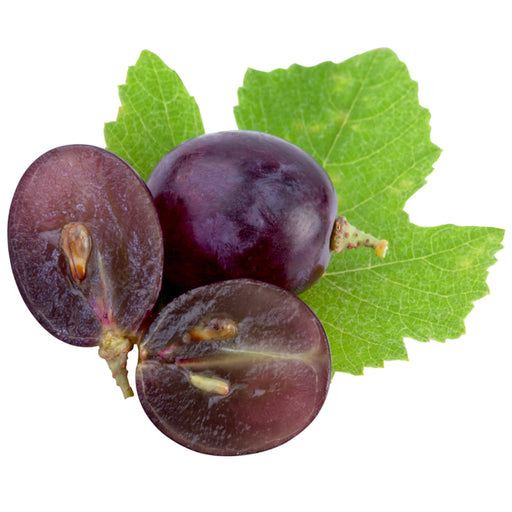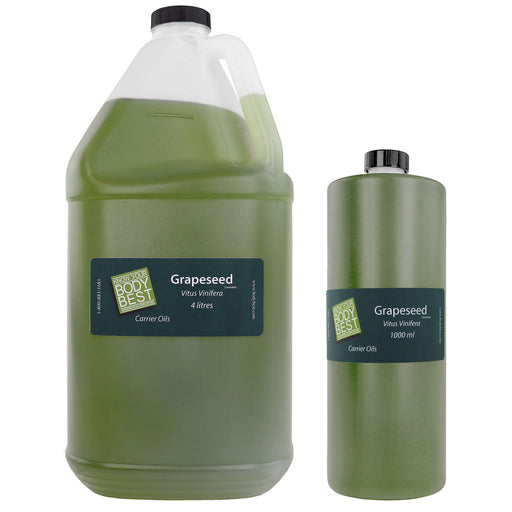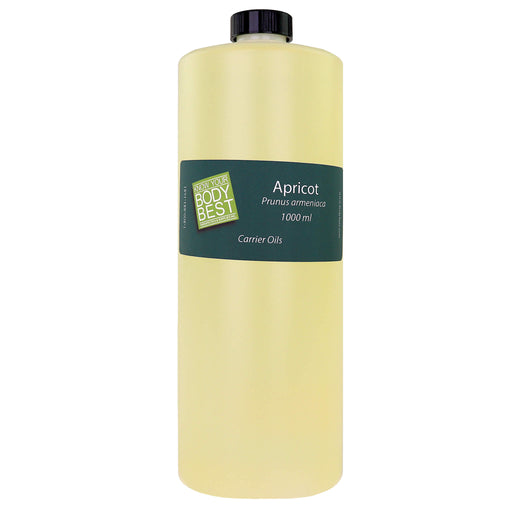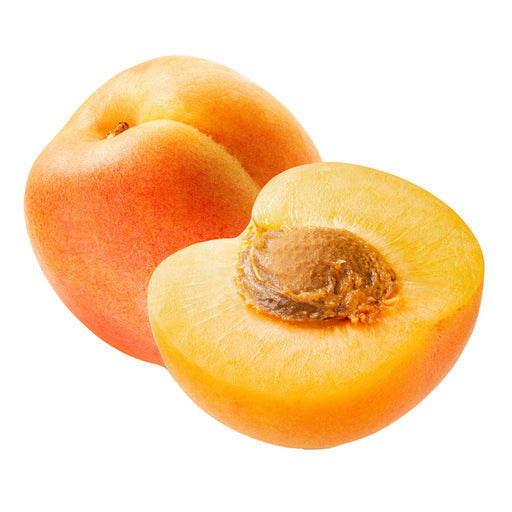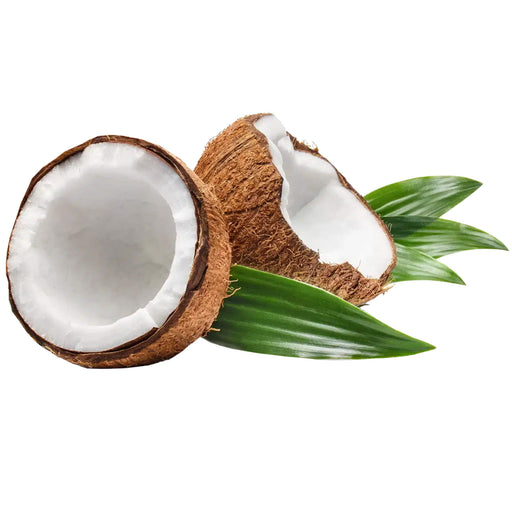over $250.00

Qualities and Methods of Essential Oil Extraction in Aromatherapy
Did you know that essential oils have been used for almost 6,000 years? They are widely used in massage therapy and aromatherapy. But they also made their way into medicine, cooking, and perfumery.
Historically, the most popular method of extraction was enfleurage. Nowadays essential oils are mostly produced by cold-press extraction or they are distilled.
Keep reading to learn what essential oils are and the different methods of essential oils extraction.
Ways to Extract Essential Oils
Essential oils are extracted from plant materials such as flowers, leaves, seeds, bark, wood, stems, roots and herbs, fruit, peel, berries, or resin. Essential oils are simply the liquefied version of a plant.
The many benefits of essential oil include stress reduction, pain and ache releief, mood improvement, and the prevention or reduction of bacterial growth. The compounds found in essential oils can reach the bloodstream quickly. That is why essential oils are commonly used in massage therapy to enhance patients’ health and wellbeing.
The two most popular methods of extraction are cold-press extraction and distillation. However, pressure and temperature affect the quality of essential oils. So, depending on the particular plant type and the part from where the oil comes from, a different extraction method suits better.
Distilled Extractions
The distillation process is the most popular method to extract essential oils. It can happen through either steam or water distillation.
Steam distillation, as the name suggests, occurs through heating the plant material and placing it directly under steam. The process breaks down the volatile components of the plant and goes through the condensation and collection process.
The essential oil gets extracted once the vapour from the plant’s aromatic molecules cools down and the water and oil separate. Steam distillation extracts lavender and peppermint oils for example.
However, some plants are too delicate for steam and go through water distillation. Instead of using steam, the plants (mostly flowers) are submerged in boiling water. This way the essential oil doesn't overheat.
Once the condensed liquid cools down, it separates from the water. Water distillation extracts oils from roses or orange blooms. And the distilled water is often referred to as rose water or flower water.
Cold-Press Extraction
Citrus oils are usually extracted via the cold-press extraction method. Because citrus essential oils are near the surface, the oil extraction happens by puncturing the skin or the peel. And then the essential oil gets squeezed out of the fruit.
On some occasions, there may be some juice present. But it is usually separated from the oil. This method produces strong and vibrant citrus essential oils, and it is much better than distillation on these specific materials.
Citrus oils are relatively cheap to produce and are mostly used in aromatherapy and perfumery.
Solvent Extraction
Solvent extraction helps to extract essential oils from absolutes and resinoids. Absolutes are plants that are too delicate for distillation, such as jasmine, neroli, or rose flowers. The heat from stem would destroy the delicate flower without producing any oil.
Resinoids are plants that do not have enough volatile components to extract oil by using other methods. Some examples of resinoids are frankincense, myrrh, Peru balsam, copaiba balsam, and amber.
The most commonly used solvents are hexane and ethanol. During the process, there is a presence of waxes and pigments. The waxy compound (also called "concrete") is mixed with alcohol to release the oils.
Carbon Dioxide Extraction
CO2 extraction follows a similar process to the steam distillation method, but instead of steam, it uses carbon dioxide. This method is mostly used to extract essential oils from herbs to use in aromatherapy massage and natural perfumery.
CO2 extraction doesn’t damage the constituents of the oil so the produced oil is of a higher quality. Because the gas evaporates and there is no solvent residue, this is a preferable method to other solvent extraction methods. Some examples of oils extracted via this method are calendula or rose hip.
Maceration
Maceration extraction uses hot oil as a solvent. The plant is soaked in the oil and captures larger quantities of the plant properties. Then the essence is purified to extract the essential oil.
Most essential oils extracted via this method use dry parts of plants. This is so there is minimal plant moisture which can cause the oil to go rancid. Adding other carriers such as Vitamin E oil can prevent rancidity.
Macerated oils are often called infused oils and a massage therapist can apply them almost instantly.
Enfleurage
Enfleurage is one of the oldest extraction methods, but it is not commonly used today. It involves a lot of time and is expensive, therefore less than 10% of essential oils extraction happens through enfleurage. Enfleurage can also produce "absolute" oils.
This method uses fat as a solvent. Animal or vegetable fat captures the essential oils from smashed flowers or petals. The fat is solid at room temperature, odourless and it can be cold or hot.
The saturated fat, also called "enfleurage pomade," is soaked in alcohol. Once the alcohol evaporates, the remaining substance is enfleurage.
Try Essential Oils in Aromatherapy
Some methods of essential oils extraction are cold-press, enfleurage, and solvent extraction. Or they can be distilled through steam or water distillation.
BodyBest offers essential oils which are highly concentrated, 100% pure, and safe to use in all aromatherapy treatments, so shop our range of essential oils today.
Featured collection
-
Original price $14.99 - Original price $59.99Original price
Lowest Price per ml: $59.99
$14.99 - $59.99$14.99 - $59.99Current price$14.99Current Price: $14.99
Price Per ml: $0.14
Golden Jojoba Oil
BodyBestUses and Benefits of Golden Jojoba Oil Golden Jojoba Oil is one of the best massage oils as it can be used for both scalp and body. It is deeply mo...
View full detailsOriginal price $14.99 - Original price $59.99Original priceLowest Price per ml: $59.99
$14.99 - $59.99$14.99 - $59.99Current price$14.99Current Price: $14.99
Price Per ml: $0.14
-
Original price $11.99 - Original price $29.99Original price
Lowest Price per ml: $29.99
$11.99 - $29.99$11.99 - $29.99Current price$11.99Current Price: $17.99
Price Per ml: $0.03
Castor Oil
BodyBestUses and Benefits of Castor Oil Castor oil is a healing oil that helps soothe muscle aches. Rich in antioxidants, the oil prevents wrinkles, reliev...
View full detailsOriginal price $11.99 - Original price $29.99Original priceLowest Price per ml: $29.99
$11.99 - $29.99$11.99 - $29.99Current price$11.99Current Price: $17.99
Price Per ml: $0.03
-
Original price $24.99 - Original price $79.99Original price
Lowest Price per ml: $20.00
$24.99 - $79.99$24.99 - $79.99Current price$24.99Current Price: $24.99
Price Per ml: $0.02
Grapeseed Oil
BodyBestUses and Benefits of Grape seed Oil Grape seed oil has anti-inflammatory and antimicrobial properties. In addition, the oil is rich in omega chain ...
View full detailsOriginal price $24.99 - Original price $79.99Original priceLowest Price per ml: $20.00
$24.99 - $79.99$24.99 - $79.99Current price$24.99Current Price: $24.99
Price Per ml: $0.02
-
Original price $29.99 - Original price $29.99Original price$29.99$29.99 - $29.99Current price$29.99
Apricot Oil Cold Pressed 1L
BodyBestUses and Benefits of Cold Pressed Apricot Oil Apricot Oil Cold Pressed by BodyBest is ideal for body and head massages. Also known as Apricot Kerne...
View full detailsOriginal price $29.99 - Original price $29.99Original price$29.99$29.99 - $29.99Current price$29.99 -
Original price $23.99 - Original price $94.99Original price
Lowest Price per ml: $19.00
$23.99 - $94.99$23.99 - $94.99Current price$23.99Current Price: $94.99
Price Per ml: $18.99
Coconut Oil Cold Pressed Unfractionated
BodyBestBenefits of Body Best Cold Pressed Unfractionated Coconut Oil Body Best Cold Pressed Virgin Coconut Oil has wonderful healing properties for your b...
View full detailsOriginal price $23.99 - Original price $94.99Original priceLowest Price per ml: $19.00
$23.99 - $94.99$23.99 - $94.99Current price$23.99Current Price: $94.99
Price Per ml: $18.99
